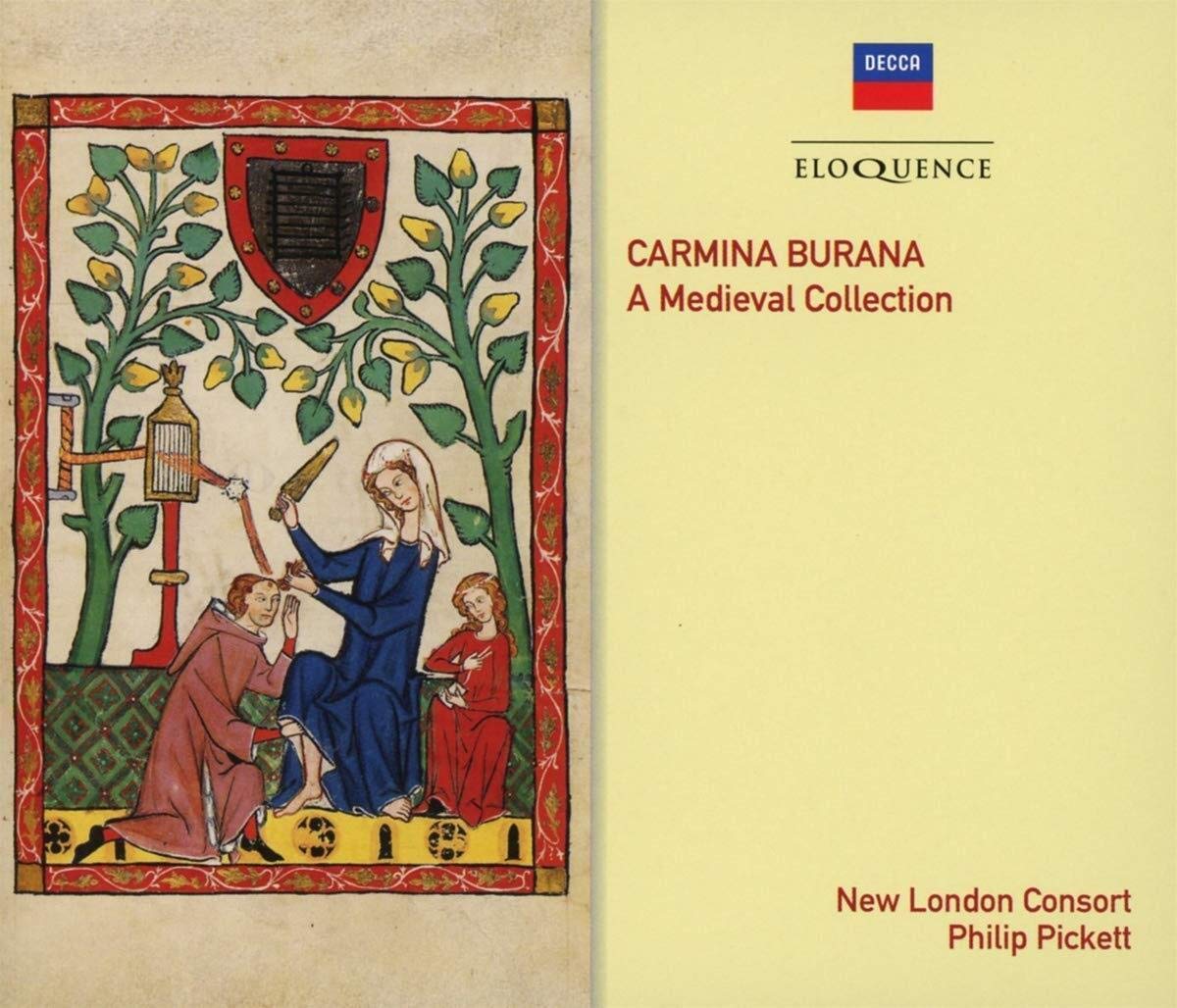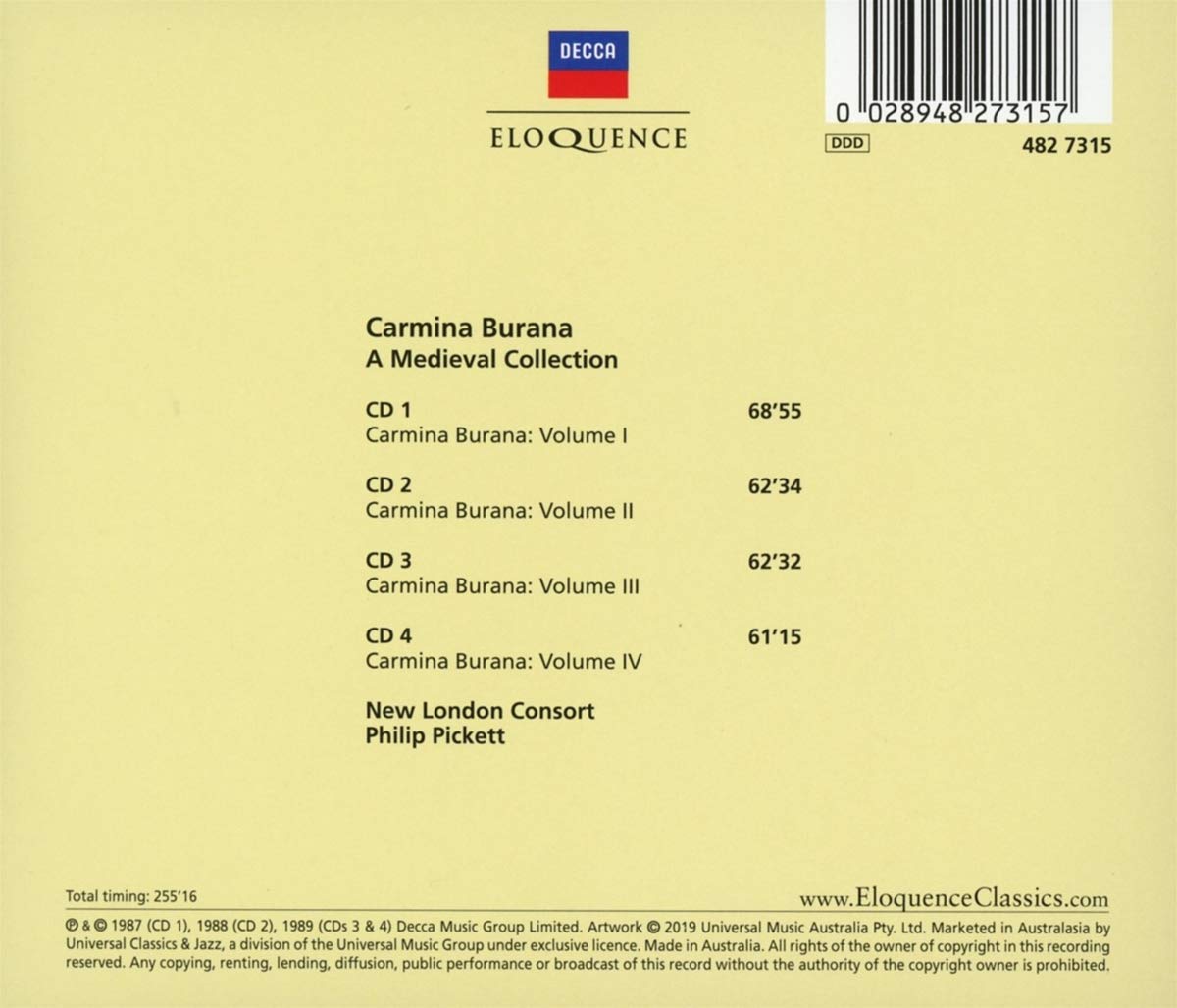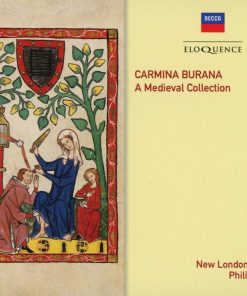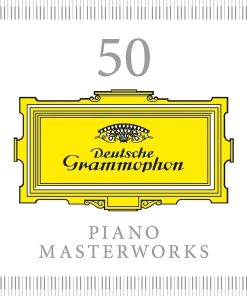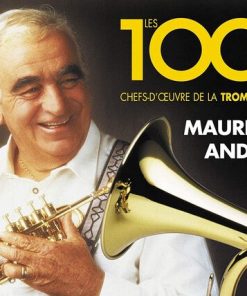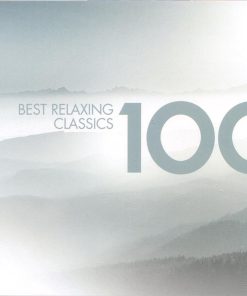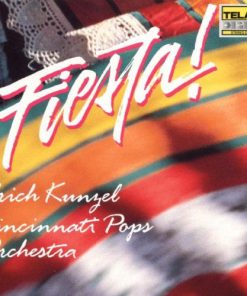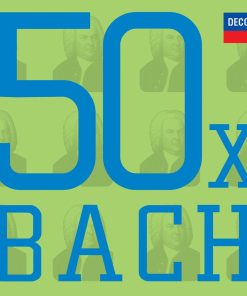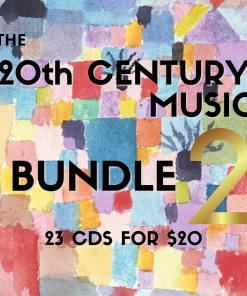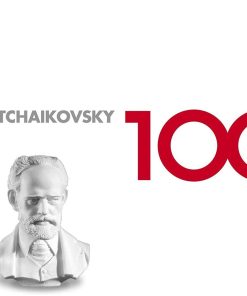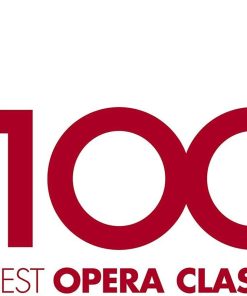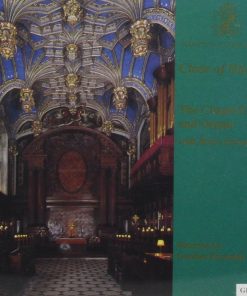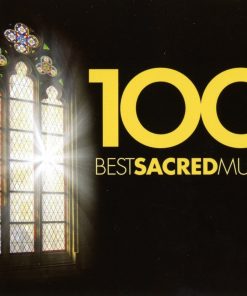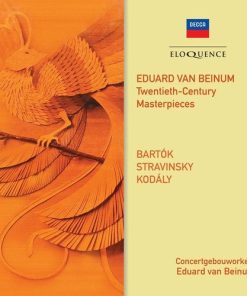CARMINA BURANA: A MEDIEVAL COLLECTION – PICKETT, NEW LONDON CONSORT (4 CDS) DECCA
$ 26,99 $ 16,19

Philip Pickett (director), David Roblou (organ), Stephen Charlesworth (baritone), William Lyons (recorder), Catherine Latham (recorder), Stephen Jones (rebec), Stephen Henderson (tabor), Tom Finucane (lute), Tom Finucane (gittern), Stephen Henderson (bells), Stephen Henderson (percussion), Frances Kelly (strings), Philip Pickett (hurdy gurdy), Philip Pickett (recorder), Stephen Henderson (tambourine), Pavlo Beznosiuk (rebec), Clifton Prior (tabor), David Tosh (dulcimer), Pavlo Beznosiuk (vielle), Paula Chateauneuf (gittern), Stephen Jones (vielle), Frances Kelly (harp), Catherine Bott (soprano), Andrew King (tenor), Tessa Bonner (soprano), Sally Dunkley (soprano), Simon Grant (bass), Allan Parkes (baritone), Michael George (baritone), Andrew Lawrence-King (harp)
New London Consort
Philip Pickett
The Carmina Burana is the most famous of all treasuries of medieval Latin and Middle High German poetry, named after the Bavarian monastery where it was compiled and preserved. It is best known today for Carl Orff’s hour-long selection from it’s rich collection of love lyrics, student songs and religious poetry written in Latin and old German. During the 1960s and 70s a few early-music ensembles made more or less successful efforts to capture the unique mix of secular and sacred idioms brought together by the original manuscripts. But a systematic approach to the Carmina Burana had to wait until the late 1980s, when one of Britain’s most innovative early-music groups undertook a project to record over a quarter of the 200-plus songs at the behest of Decca’s L’Oiseau-Lyre imprint. The first volume of Carmina Burana was only the second recording made by the New London Consort and it’s founder-director Philip Pickett, but the album was quickly recognised as a signal event in the wider dissemination of medieval music. Critics praised the fidelity to the spirit as well as the text of Carmina Burana; the eloquent and often witty text-centred singing of Catherine Bott, Michael George and others; and the imaginative use of a full medieval instrumentarium. After the success of Volume 1, recorded early in 1986, L’Oiseau-Lyre recorded three further albums a year later, and they became the basis for the wider international reputation of the New London Consort. Since being issued as a set in 1996, Pickett’s Carmina Burana has long been unavailable: a significant lacuna in early-music recordings which this issue corrects.

‘Pickett and the New London Consort’s scholarly and sensitive approach to both music and text in Carmina Burana (c.1300) confirms this issue’s place in the catalogue … These atmospheric performances, which boast excellent singing from soloists Bott and George, and ideal balance between voices and instruments, are further enhanced by warm, sympathetic recordings.’ BBC Music Magazine, January 2012
‘Highly committed, well prepared performances. Special, even exaggerated care has been taken with the expression of the words… It is vividly coloured, and certainly more entertaining than the blurred grey of scholarly caution’ Early Music magazine, February 1988 (Vol. 1)
Fast Shipping and Professional Packing
Due to our longstanding partnership with UPS FedEx DHL and other leading international carriers, we are able to provide a range of shipping options. Our warehouse staff are highly trained to pack your goods exactly according to the specifications that we supply. Your goods will undergo a thorough examination and will be safely packaged prior to being sent out. Everyday we deliver hundreds of packages to our customers from all over the world. This is an indication of our dedication to being the largest online retailer worldwide. Warehouses and distribution centers can be located in Europe as well as the USA.
Orders with more than 1 item are assigned processing periods for each item.
Before shipment, all ordered products will be thoroughly inspected. Today, most orders will be shipped within 48 hours. The estimated delivery time is between 3-7 days.
Returns
The stock is constantly changing. It's not entirely managed by us since we are involved with multiple parties such as the factory and our storage. The actual stock can fluctuate at any time. Please understand it may happen that your order will be out of stock when the order is placed.
Our policy is valid for 30 days. If you haven't received your product within 30 days, we're not able to issue either a return or exchange.
You are able to return a product if it is unused and in the same condition when you received it. It must also still remain in the original packaging.
